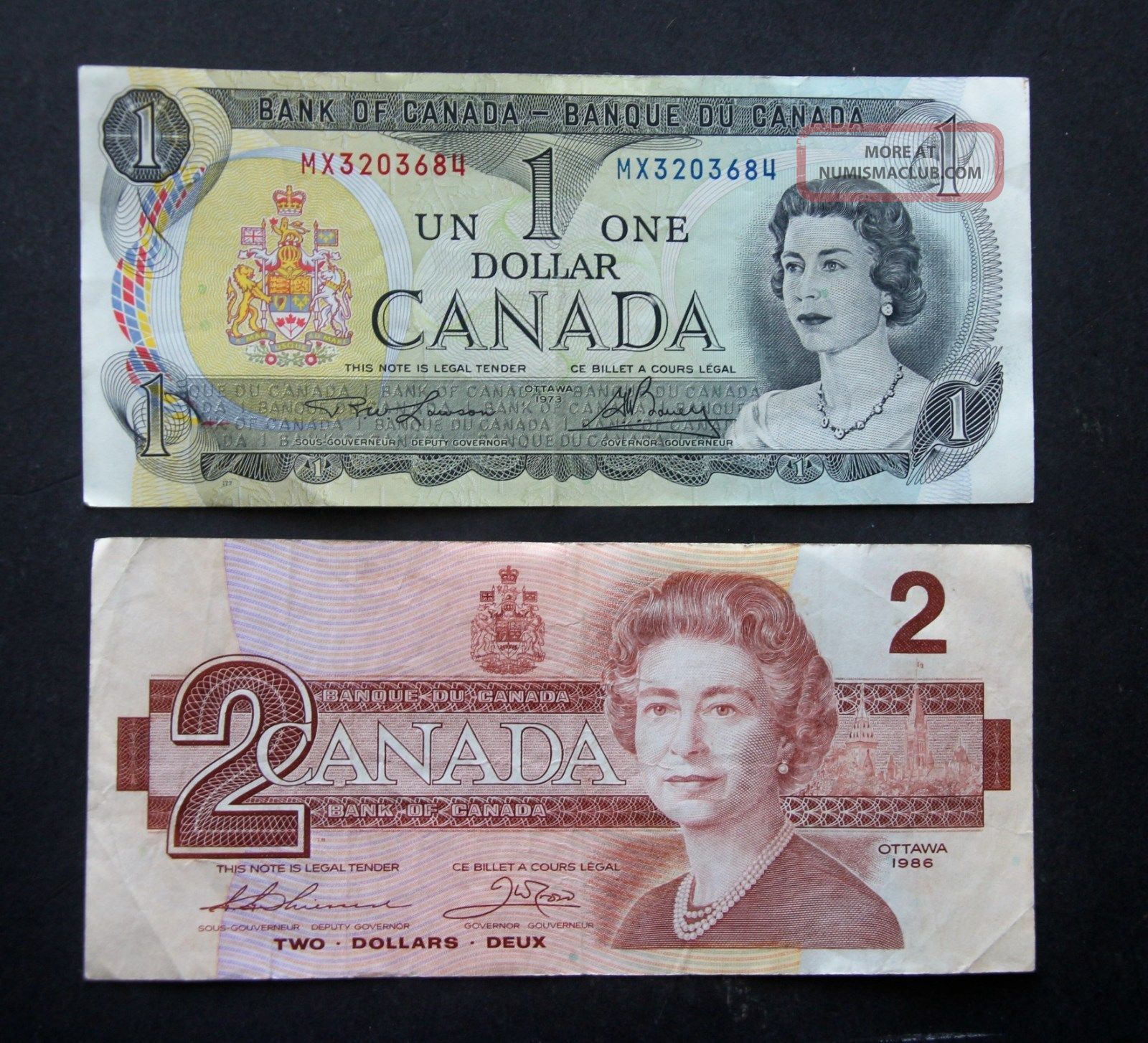
In other words, the difference in interest rates and interest rate expectations between one currency and another drives movement in the pair. When a central bank raises interest rates, demand for that currency often rises compared to currencies where interest rates are lower. GBP/CAD was traded 8.7% lower, and AUD/CAD 3% lower in 2022.Ĭentral bank monetary policy is a key influence on a currency’s value, driving supply and demand. Compared to other currencies, EUR/CAD was trading down 8% YTD. Trading across 2022 has been choppy as investors weigh up a more aggressive stance on tightening monetary policy from the US Federal Reserve ( Fed), rollercoaster oil prices and a surprise 100 basis-point (bp) rate hike from the BoC.Īs of 16 August, the USD/CAD was trading at 1.29, gaining just 2% year-to-date ( YTD) and highlighting the choppy nature of trade. The USD/CAD pair rose to 1.4668 a level last seen on 1 January 2016.Īfter hitting 1.4668, the Canadian dollar strengthened, and USD/CAD fell steadily across the rest of 2020 and the first quarter of 2021, hitting a low of 1.2013 on 3 Mayįrom there, the pair started to grind higher, rising in choppy trade to a peak of 1.3223 on 1 July 2022, the highest point of that year and a level last seen in November 2020.

In March 2020, the Canadian dollar fell to its lowest level against the US dollar in over four years as the Covid-19 pandemic led to oil prices tumbling. Price action: Canadian dollar performance

However, with oil prices slipping lower and Canadian inflation showing signs of cooling, can the loonie keep pace with the USD across the rest of 2022? Read on for the latest Canadian dollar forecast. The Canadian dollar ( CAD) has put in a solid performance against the US dollar (USD) this year, finding support from soaring oil prices and as the Bank of Canada (BoC) hiked interest rates aggressively. Yearly Average Exchange Rates for Converting Foreign Currencies into U.S.The Canadian dollar, also known as the loonie, is Canada’s national currency. dollar amount by the applicable yearly average exchange rate in the table below. dollars to foreign currency, multiply the U.S. dollars, divide the foreign currency amount by the applicable yearly average exchange rate in the table below. Yearly average currency exchange ratesįor additional exchange rates not listed below, refer to the governmental and external resources listed on the Foreign Currency and Currency Exchange Rates page or any other posted exchange rate (that is used consistently). dollars by the bank processing the payment, not the date the foreign currency payment is received by the IRS. dollars is based on the date the foreign currency is converted to U.S. tax payments in a foreign currency, the exchange rate used by the IRS to convert the foreign currency into U.S. Note: The exchange rates referenced on this page do not apply when making payments of U.S. When valuing currency of a foreign country that uses multiple exchange rates, use the rate that applies to your specific facts and circumstances. Generally, it accepts any posted exchange rate that is used consistently. The Internal Revenue Service has no official exchange rate.
CANADA CURRENCY TO USD CODE
See section 988 of the Internal Revenue Code and the regulations thereunder. dollar, make all income determinations in the QBU's functional currency, and where appropriate, translate such income or loss at the appropriate exchange rate.Ī taxpayer may also need to recognize foreign currency gain or loss on certain foreign currency transactions. If you have a QBU with a functional currency that is not the U.S. The only exception relates to some qualified business units (QBUs), which are generally allowed to use the currency of a foreign country. In general, use the exchange rate prevailing (i.e., the spot rate) when you receive, pay or accrue the item. dollars if you receive income or pay expenses in a foreign currency. Therefore, you must translate foreign currency into U.S. You must express the amounts you report on your U.S.


 0 kommentar(er)
0 kommentar(er)
